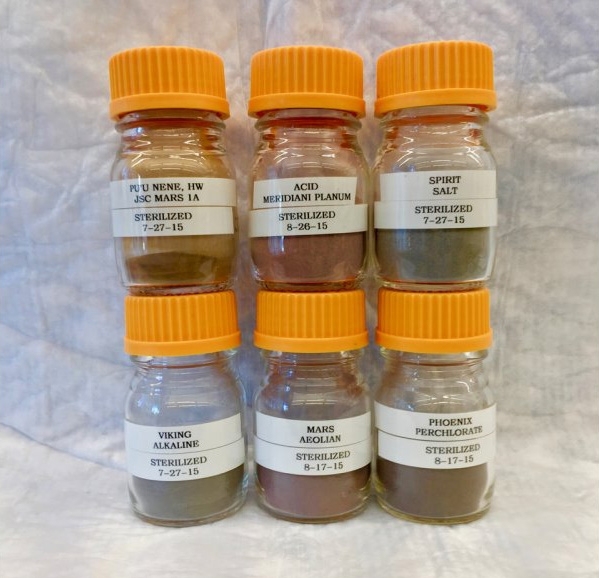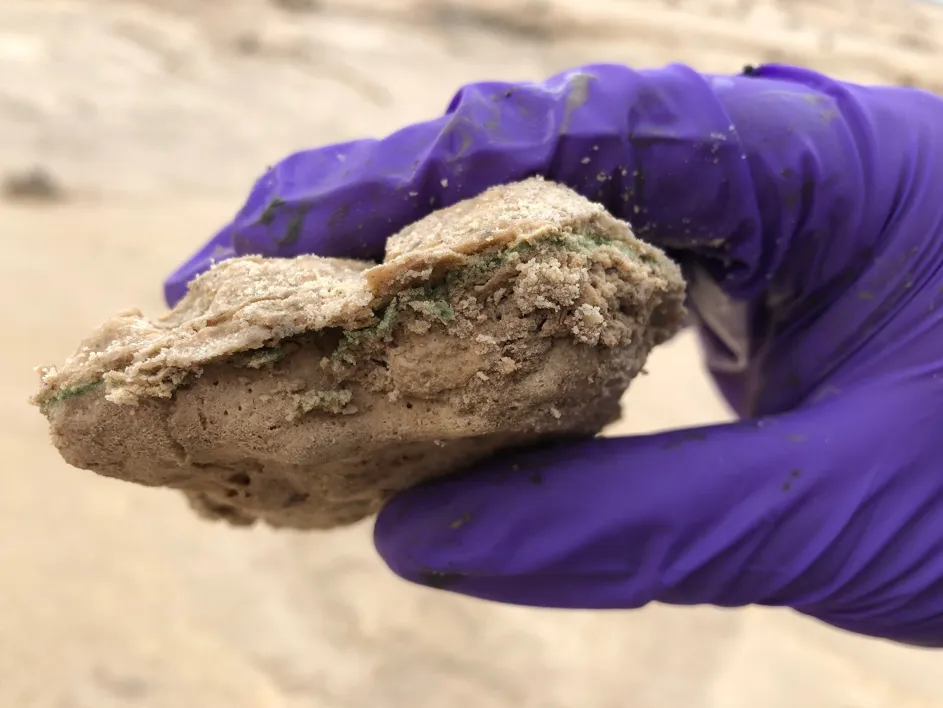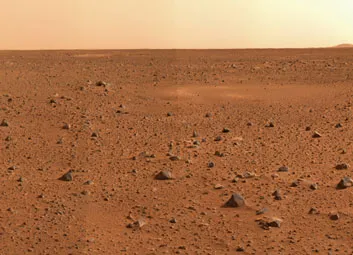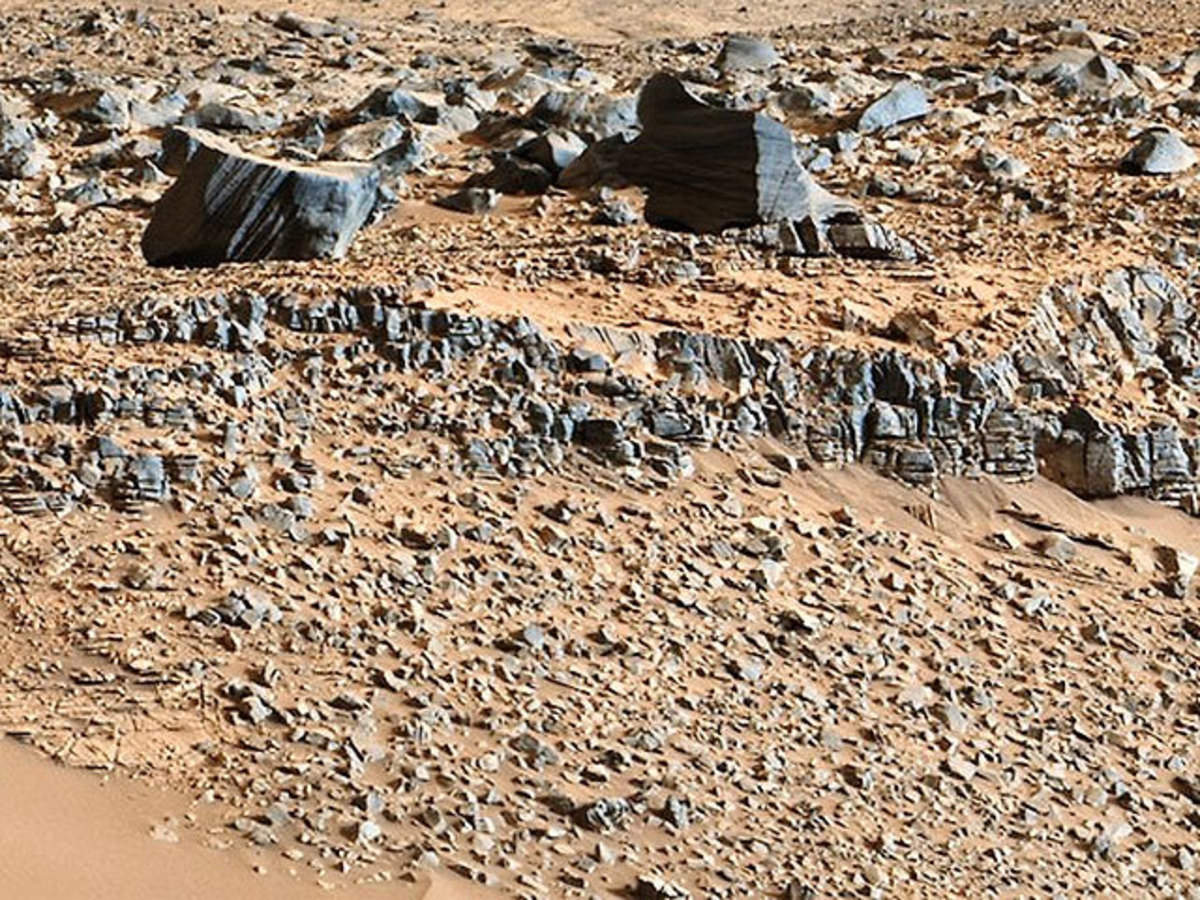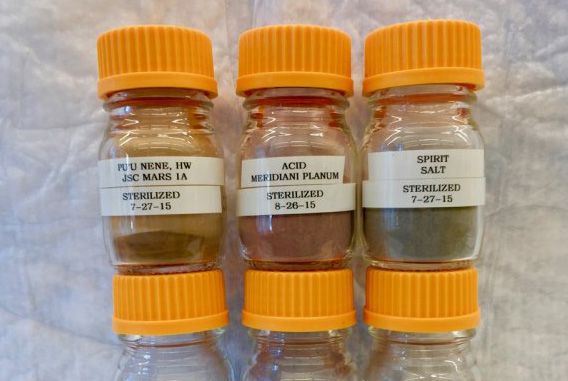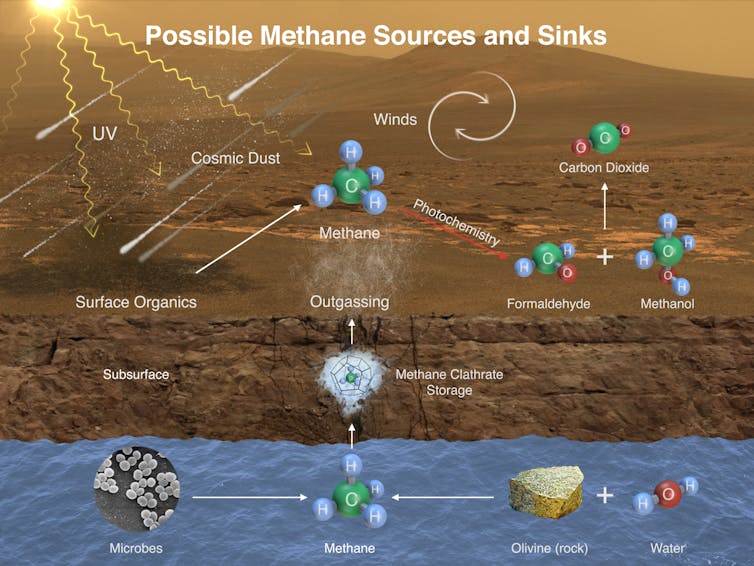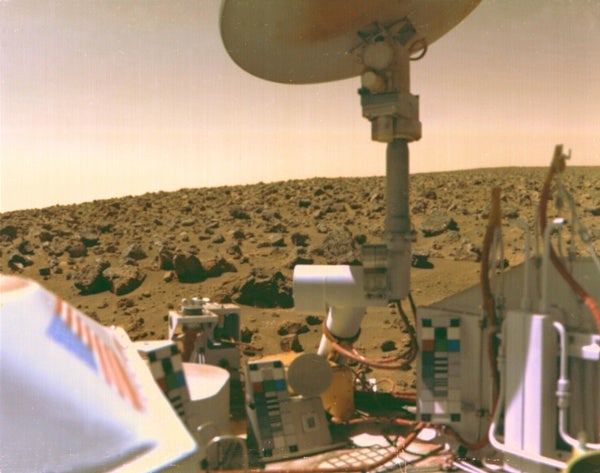Fabulous Tips About How To Detect Life On Mars

Mars has the closest environment that matches that of earth.
How to detect life on mars. Without human help on mars, setg instrumentation would need to be able to collect, purify, and enable the dna to be sequenced, a process which usually necessitates. The team needed to simulate the. Synthetic samples mimic different regions of our neighboring world.
Jpl scientists tested new methods for detecting chemical signatures of life. To do that, the team needed to simulate the kinds of soils thought to preserve evidence of life on mars, and for that, they needed a geologist. A new test for life on other planets.
Scientists from setg have developed a method to detect the tiniest traces of life on other planetary bodies. How to detect life on mars. To do that, the team needed to simulate the kinds of soils thought to preserve evidence of life on mars, and for that, they needed a geologist.
Without human help on mars, setg instrumentation would need to be able to collect, purify, and enable the dna to be sequenced, a process which usually necessitates. Because of this the possibility of life existing on mars seems to be a reasonable assumption. Mono lake, california, with salt pillars known as tufas visible.
